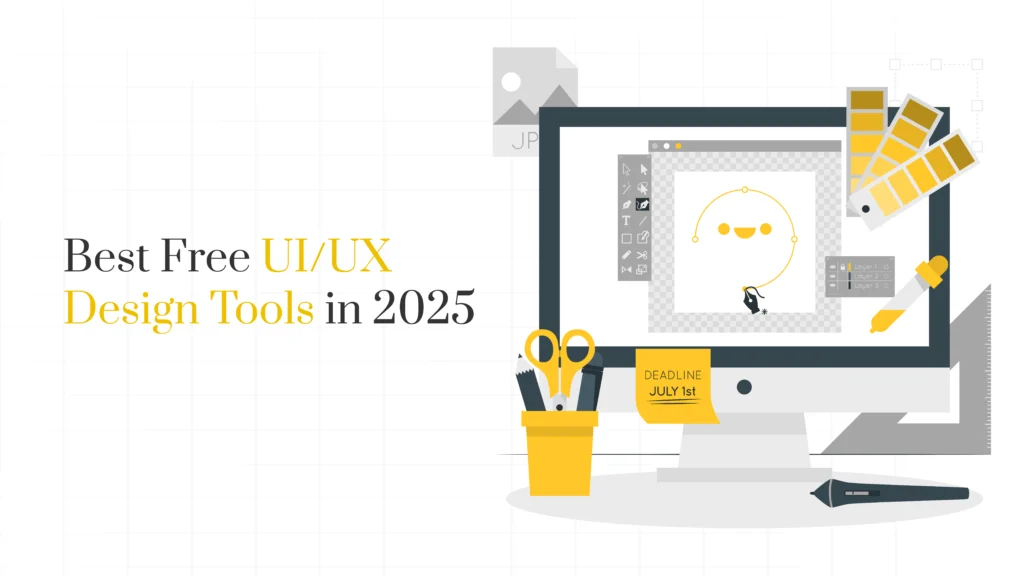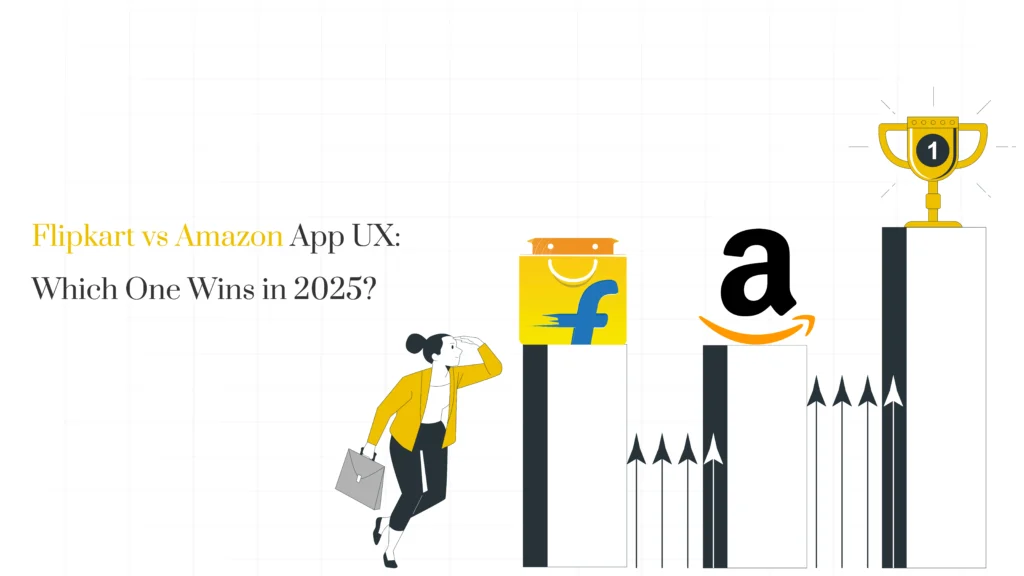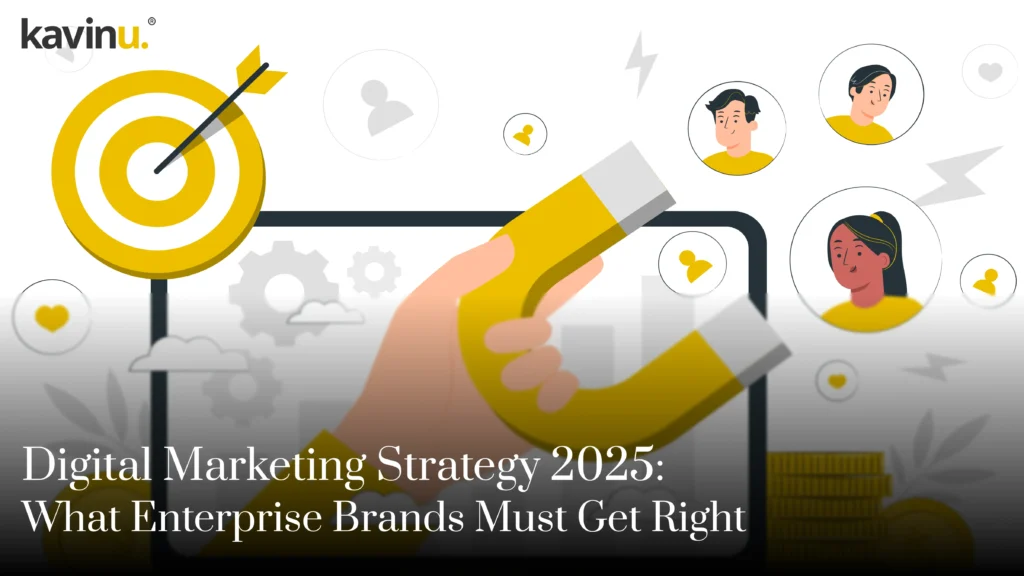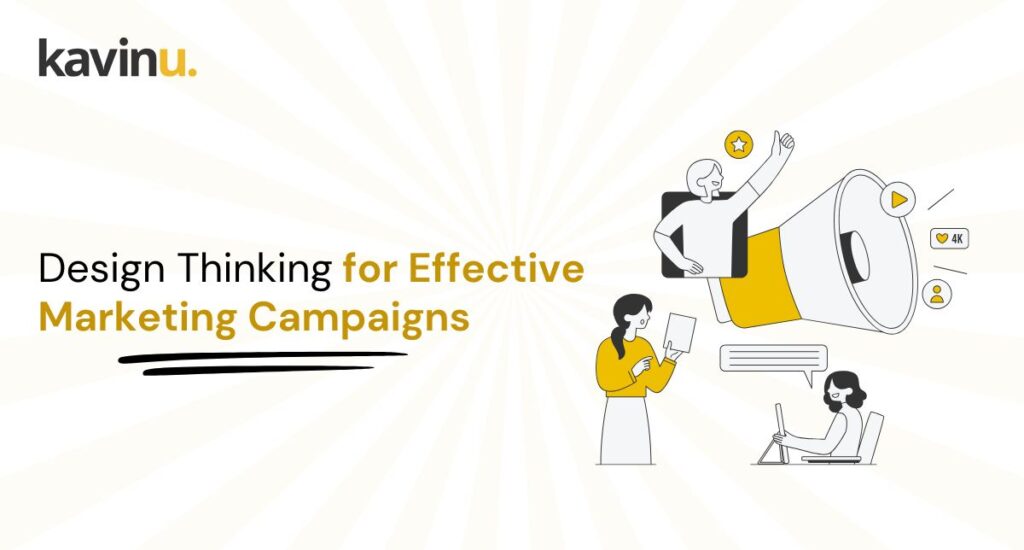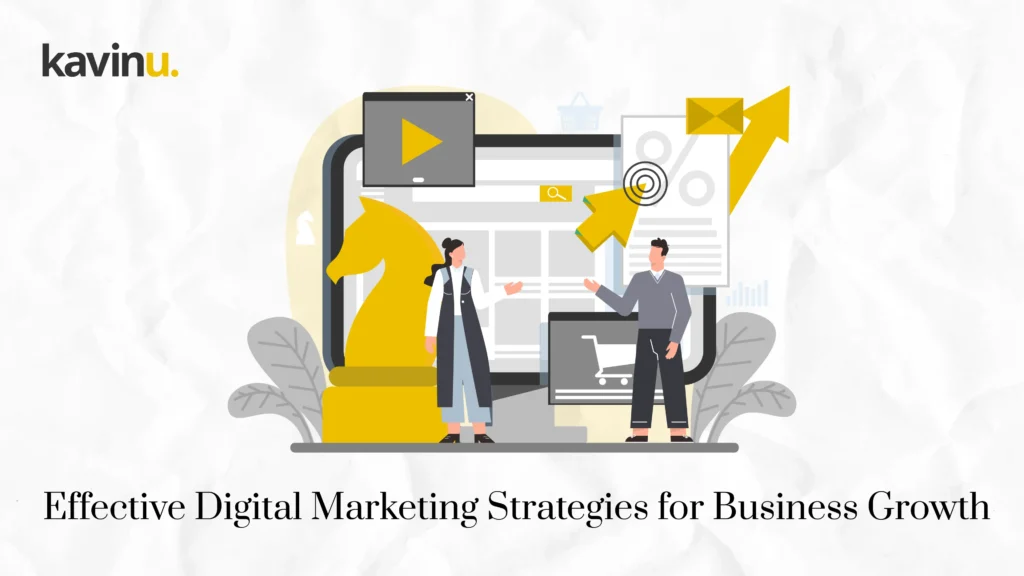Best Free UI/UX Design Tools in 2025: Professional Design Without the Price Tag
Best Free UI/UX Design Tools in 2025: Professional Design Without the Price Tag Designing exceptional digital experiences no longer requires expensive software. In 2025, a wave of intuitive, scalable, and free UI UX design tools has made it possible for anyone—from startup founders to UX professionals—to design, iterate, and deliver with confidence and zero cost. June 30, 2025 Abiya K 10:00 am Designing exceptional digital experiences no longer requires expensive software. In 2025, a wave of intuitive, scalable, and free UI UX design tools has made it possible for anyone—from startup founders to UX professionals—to design, iterate, and deliver with confidence and zero cost. Whether you’re a freelancer building prototypes or an agency offering user experience design services, the right free tools can help you meet modern UX standards without ever reaching for a credit card. Why Free UI/UX Tools Are Worth Your Attention in 2025 The UX landscape is changing. Tools that were once considered “lite” alternatives have matured into production-grade platforms, embraced by teams offering premium UX strategy services and user-centered design solutions. For designers working in agile environments or building MVPs, free tools mean faster testing, real-time collaboration, and fewer barriers to shipping great products. And more importantly: today’s free design tools are not about compromise—they’re about flexibility, accessibility, and innovation. Top 5 Completely Free UI/UX Design Tools (No Trial, No Lock-In) If you’re looking for truly free UI/UX tools, these platforms offer robust capabilities for wireframing, prototyping, ideation, and collaboration—without upsells or limitations. Tool Best For Key Features Cost Penpot Team-based UI/UX design Collaborative editing, components, open-source Fully Free Tldraw Live sketching and whiteboarding No login, export to image/SVG, infinite canvas Free Forever Excalidraw Hand-drawn wireframes Self-hosted option, real-time editing, low learning curve Free & Open Source Pencil Project Offline desktop mockups Multi-page wireframes, diagramming, export formats Free Download Frontegg UI Kit Developer-focused UI architecture SaaS-ready UI components, open-source Fully Free These tools are not only budget-friendly—they’re also production-ready, trusted by agencies and solo creators alike. Can You Use These Tools in Real Projects? Absolutely. Tools like Penpot are now being used by agile product teams to design scalable interfaces and conduct real-time collaboration. With built-in component libraries and prototyping tools, Penpot has quickly become a favorite among developers and designers working side-by-side. Likewise, Excalidraw and Tldraw are perfect for early-stage ideation. Their intuitive, low-barrier interfaces make it easy to map user flows, sketch wireframes, and communicate design logic—even for stakeholders without a design background. These platforms support real work—not just practice. What About Figma and Adobe XD? Two of the most popular names in UI/UX design—Figma and Adobe XD—are widely used across the industry and deserve a mention. Figma, in particular, has revolutionized browser-based, real-time design collaboration. It offers an excellent free tier that includes prototyping, components, and developer handoff, making it a strong option for freelancers and small teams. Adobe XD also offers a free starter plan, though its feature set is more restricted in comparison. That said, both tools are technically freemium, with important collaboration or workflow features locked behind paywalls. Since this guide focuses on completely free UI UX design tools, we’ve highlighted alternatives that don’t rely on pricing tiers or usage limits. Still, if you’re comfortable with occasional limitations, Figma’s free plan is a very practical solution and is frequently used alongside tools like ChatGPT and Tldraw for faster UX strategy execution. How AI Tools Fit into Modern UX Design While ChatGPT and similar AI tools don’t generate visual UIs, they are increasingly embedded in the UX strategy services workflow. Designers use AI to: Draft UX copy and error messages Plan onboarding flows Map out user personas Create content structure for screens Used in tandem with tools like Tldraw or Penpot, AI enhances ideation speed and ensures better alignment between content and layout from the very beginning. Is Google’s UX Design System Free to Use? Yes. Google’s Material Design system is completely free and open-source. It provides design tokens, components, layout principles, and accessibility guidelines—all available online without licensing fees. Many teams integrate Material Design principles into their work using tools like Penpot or Pencil Project, especially when building Android apps or cross-platform interfaces. Use Case: Freelancers and Agencies in Action Let’s say you’re delivering user experience design services to a startup with a limited budget. You need to create a responsive dashboard prototype and plan the user onboarding journey. You use Penpot to create wireframes and link them into a prototype Use ChatGPT to generate UX microcopy and screen text Run a whiteboarding session in Tldraw to align stakeholders on layout decisions This lean workflow saves time and money—without compromising quality. And it’s exactly the kind of agile approach top-tier UX strategy services are now built on. Final Thoughts: Design Without Budget Barriers The best free UI UX design tools in 2025 prove that you don’t need to pay for quality. With open platforms like Penpot, Tldraw, and Excalidraw—and strategic use of AI—you can create production-ready interfaces with flexibility, speed, and zero cost. Whether you’re just starting out or running a design studio delivering UX strategy services, these tools help you scale your creativity and deliver value—without compromise. FAQ Is Figma totally free? Figma offers a robust free plan with key features like prototyping, design libraries, and collaboration. However, advanced tools like team libraries and dev mode require a paid plan. Can ChatGPT generate UI design? Not visually. But ChatGPT is widely used in UX teams to plan layouts, write UX copy, and generate user flows that designers can bring to life in visual tools. Is Google UI/UX design system free? Yes. Google’s Material Design system is completely free to use and includes reusable components, layout rules, and accessibility standards for developers and designers. Request a free UX + marketing audit today. Let’s build it together
Best Free UI/UX Design Tools in 2025: Professional Design Without the Price Tag Read More »
